
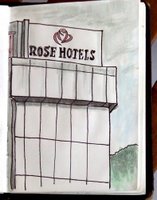
 The clean sea, forests and the Taurus mountains combine here in harmony.But more, the area around is full of ancient cities and archeologicals points of interests. So, you can imagine, there was no time for boring on my holiday.
The clean sea, forests and the Taurus mountains combine here in harmony.But more, the area around is full of ancient cities and archeologicals points of interests. So, you can imagine, there was no time for boring on my holiday.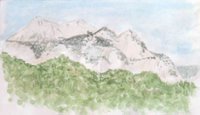
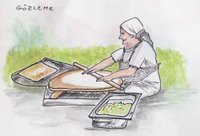 As a very favourite part of my holiday is a tasting of turkish cuisine. I must admit, there is no meal you could not give thumbs up . Gözleme is a savory Turkish pastry made by rolling dough with a thin roller and repeatedly folding it. It is filled, and browned in a pan.
As a very favourite part of my holiday is a tasting of turkish cuisine. I must admit, there is no meal you could not give thumbs up . Gözleme is a savory Turkish pastry made by rolling dough with a thin roller and repeatedly folding it. It is filled, and browned in a pan.
 Next pictures are from sunken city of Kekova, an ancient town, which was destroyed by an earthquake during the second century A.D. You can see see parts of houses through glass bottoms of boats . Very impressive !
Next pictures are from sunken city of Kekova, an ancient town, which was destroyed by an earthquake during the second century A.D. You can see see parts of houses through glass bottoms of boats . Very impressive !

Next town I visited, Myra, was one of the six most important cities of ancient Lycia and eventually was made the capital of the Roman province of Lycia. As a result of Arab raids, earthquakes, and the flooding of the Myrros stream, the city became largely abandoned.The ruins of Myra consist of an impressive necropolis and adjacent well preserved Roman theatre and are located at about 1.5 km north of present day Kale - Demre. The Roman theatre is large with 35 consecutive rows of seats. The facade of the amphitheatre was richly decorated with theatrical masks and mythological scenes. To the west of the theatre the steep cliff is honeycombed with closely packed tombs, most of them of the Lycian house-type.
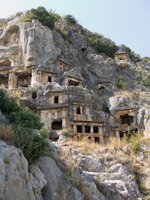

In early Christian times, Myra was the metropolis of Lycia. The town is traditionally associated with Saint Paul, who changed ships in its harbor. Saint Nicholas of Myra was a bishop of Myra in the 4th century, he had a reputation for secret gift-giving, but is now commonly known as Santa Claus. The earliest church of St. Nicholas at Myra was built in the 6th century.
In 1863 Czar Alexander II of Russia bought the building and started to have it restored, but the work was never finished. In 1963 the eastern and southern sides of the church was excavated, in 1968 the former burial of St. Nicholas was roofed over. The floor of the church is made of opus sectile, a mosaic of coloured marble, and there are some remains of wall-paintings. A Greek marble sarcophagus had been reused to bury the Saint, but his bones were stolen in 1087 by merchants from Bari, and now held in the cathedral of that city.
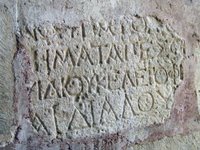
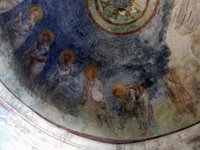
 Karpuzkaldiran Waterfall , is approx. 40 meters high and the water gushes down onto the massive rocks with great force.This waterfall is located in Antalya, near Lara.
Karpuzkaldiran Waterfall , is approx. 40 meters high and the water gushes down onto the massive rocks with great force.This waterfall is located in Antalya, near Lara. Don´t worry, there was still plenty of time for sea and sun, and for some drawings, too. Despite of bomb attacks in near Antalya and annoying Russian tourists in hotel, it was fun-tastic time again.
Don´t worry, there was still plenty of time for sea and sun, and for some drawings, too. Despite of bomb attacks in near Antalya and annoying Russian tourists in hotel, it was fun-tastic time again.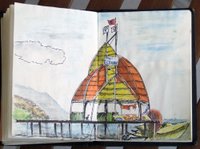

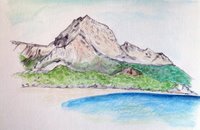

2 comments:
zase raz nieco famozne - ved ako vzdy :D snad najviac ma uchvatila obloha, vodopad a molo (je to dufam molo :D)...dufam, ze to este nie je vsetko :DD tesim na dalsie fotky :D
SO BEAUTIFUL!! Lovely lovely sketches -- and I so appreciate the history lesson and pictures !! THANK YOU for this glimpse into a culture I knew little about!
Post a Comment